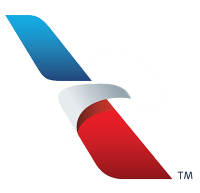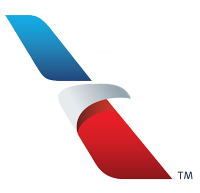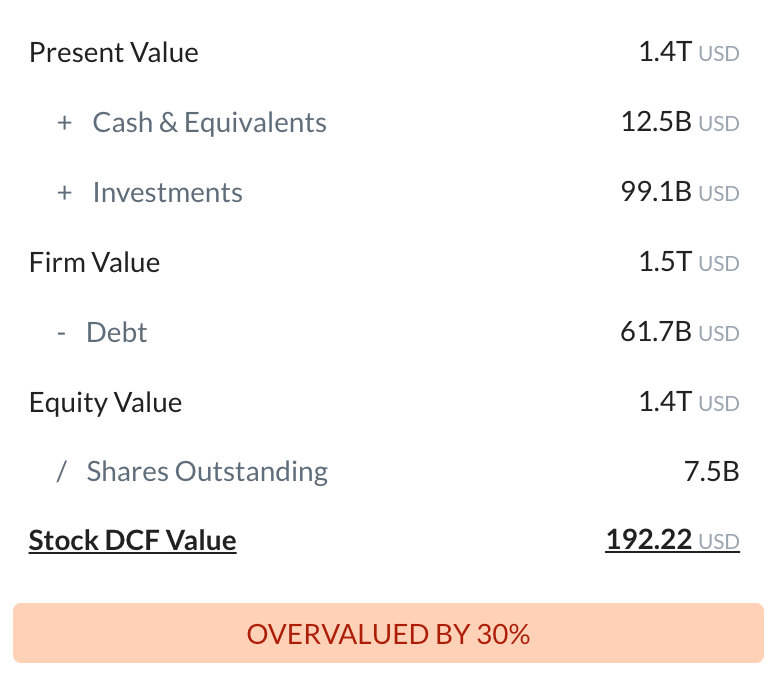
American Airlines Group Inc
NASDAQ:AAL

Intrinsic Value
The intrinsic value of one
 AAL
stock under the Base Case scenario is
44.454
USD.
Compared to the current market price of 9.075 USD,
American Airlines Group Inc
is
Undervalued by 80%.
AAL
stock under the Base Case scenario is
44.454
USD.
Compared to the current market price of 9.075 USD,
American Airlines Group Inc
is
Undervalued by 80%.
The Intrinsic Value is calculated as the average of DCF and Relative values:

Valuation History
American Airlines Group Inc

Fundamental Analysis


Revenue & Expenses Breakdown
American Airlines Group Inc

Balance Sheet Decomposition
American Airlines Group Inc

| Current Assets | 13.2B |
| Cash & Short-Term Investments | 7.6B |
| Receivables | 2B |
| Other Current Assets | 3.5B |
| Non-Current Assets | 48.6B |
| Long-Term Investments | 515m |
| PP&E | 38.5B |
| Intangibles | 6.1B |
| Other Non-Current Assets | 3.5B |
Free Cash Flow Analysis
American Airlines Group Inc

| USD | |
| Free Cash Flow | USD |
Earnings Waterfall
American Airlines Group Inc

|
Revenue
|
54.2B
USD
|
|
Cost of Revenue
|
-19.8B
USD
|
|
Gross Profit
|
34.4B
USD
|
|
Operating Expenses
|
-31.2B
USD
|
|
Operating Income
|
3.3B
USD
|
|
Other Expenses
|
-2.4B
USD
|
|
Net Income
|
846m
USD
|
AAL Profitability Score
Profitability Due Diligence

American Airlines Group Inc's profitability score is 45/100. The higher the profitability score, the more profitable the company is.

Score
American Airlines Group Inc's profitability score is 45/100. The higher the profitability score, the more profitable the company is.
AAL Solvency Score
Solvency Due Diligence

American Airlines Group Inc's solvency score is 32/100. The higher the solvency score, the more solvent the company is.

Score
American Airlines Group Inc's solvency score is 32/100. The higher the solvency score, the more solvent the company is.
Wall St
Price Targets
AAL Price Targets Summary
American Airlines Group Inc

According to Wall Street analysts, the average 1-year price target for
 AAL
is 18.912 USD
with a low forecast of 13.13 USD and a high forecast of 27.3 USD.
AAL
is 18.912 USD
with a low forecast of 13.13 USD and a high forecast of 27.3 USD.
Dividends
Current shareholder yield for  AAL is
.
AAL is
.
Shareholder yield represents the total return a company provides to its shareholders, calculated as the sum of dividend yield, buyback yield, and debt paydown yield. What is shareholder yield?
The intrinsic value of one
 AAL
stock under the Base Case scenario is
44.454
USD.
AAL
stock under the Base Case scenario is
44.454
USD.
Compared to the current market price of 9.075 USD,
 American Airlines Group Inc
is
Undervalued by 80%.
American Airlines Group Inc
is
Undervalued by 80%.























































 You don't have any saved screeners yet
You don't have any saved screeners yet